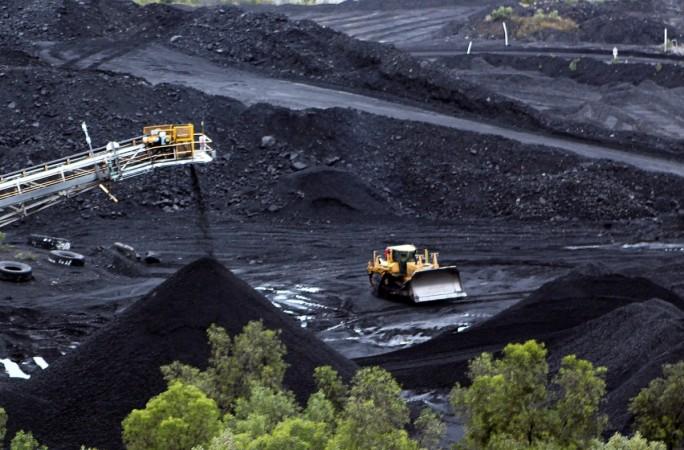
Major miners are trying to avoid hundreds of millions of dollars in closure costs by selling off pits, as cash is tight due to a prolonged commodities price slump, but the crippling cost of environmental rehabilitation makes it tough to seal deals.
Where mine sales have gone ahead, production is being prolonged, adding to oversupply in depressed markets, like coal.
Or in some cases, such as in nickel, producers are continuing to produce at a loss to avoid closure costs.
"As (rehabilitation) looms, the number gets bigger and bigger. It definitely is impacting the agenda of a lot of companies, even the big ones," said Gavin Buckingham, a partner with consultants EY.
In a cautionary tale, China's MMG Ltd had to hike its estimate of closure provisions more than 60 percent to $378 million for Australia's largest open-cut zinc mine, Century, just months before digging its final ton last year as the reality of what would be involved became clearer.
The work includes capping and compacting waste dumps, and rehabilitating an evaporation pond and a tailings dam, but doesn't involve filling the open pit, which covers 3.5 square km (1.4 sq miles).
MMG is trying to sell off part of the site or at least infrastructure to help cut or defray the rehabilitation costs.
The world's biggest miner BHP Billiton sliced about a quarter of its environmental obligations last year in one fell swoop, cutting its total to $6.7 billion when it cast off several mines into a new company, South32.
BHP held on to its loss-making Nickel West operation after failing to find a buyer for a business estimated to have $1 billion in closure liabilities. BHP's Australia president Mike Henry recently said it will continue running it and look to sell or close it down the track.
"The barrier to exit is far greater than the loss of running it," said an Australian mining executive familiar with Nickel West.
Others are selling mines piecemeal, like Anglo American, Vale and Rio Tinto, which now carries the heaviest closure obligations among the big five, at $8.4 billion.
DEALS FALL APART
One asset Rio Tinto wants to sell, the Blair Athol coal mine in Queensland, has been idled since 2012 after 30 years of mining. A deal in 2013 to hand it to Linc Energy along with some environmental liabilities fell apart for lack of financing.
"There are others, particularly, smaller businesses who have different ways of looking at the viability of projects and it may well be that somebody will be interested in taking over this project," Chief Executive Sam Walsh told shareholders on May 5.
Similarly, Peabody Energy agreed to sell its Wilkie Creek mine in Queensland twice, but both deals fell apart as the buyers failed to line up financing for a site that came with $55 million in environmental liabilities. Potential buyers could face more uncertainty over future costs with calls to step up bond requirements to cover mine rehabilitation from anti-coal group Lock the Gate Alliance.
Queensland's government has A$80 million ($58 million) in financial assurance from Rio to cover Blair Athol's rehabilitation, but Lock the Gate estimates the assurance should be as much as A$160 million, based on the state's guidelines.
Rio Tinto and the state government did not comment on the higher estimate, in response to questions from Reuters.
Disparities in clean-up estimates can be a big sticking point in deals, impacting bidders' views on valuations.
"Always the better quality assets will sell, even if they have environmental reclamation or (other) liabilities because they'll be able to make a profit in this market," said a banker who declined to be named amid ongoing sale processes.





!['Kaise ho bhai..': PM Modi shook hands with Akshay Kumar at a media summit in Delhi [Watch]](https://data1.ibtimes.co.in/en/full/806317/kaise-ho-bhai-pm-modi-shook-hands-akshay-kumar-media-summit-delhi-watch.jpg?w=220&h=138)











